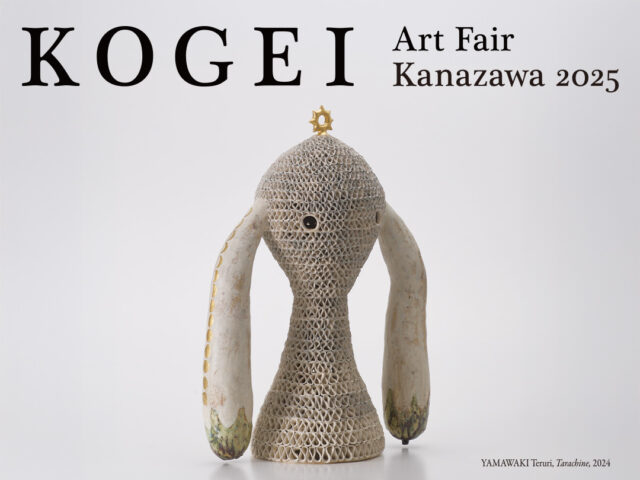“Craft Competition in Takaoka, Tokyo Exhibition” Will Be Held in Marunouchi
Featured Exhibitions & Events VOL.51
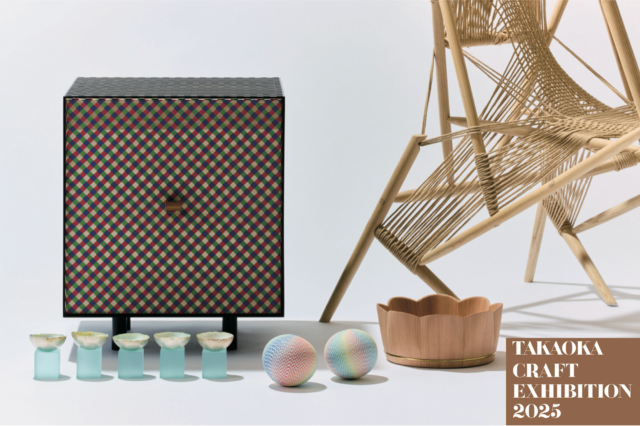

VOL.1-51
Update

VOL.1-23
Update

VOL.1-25
Update
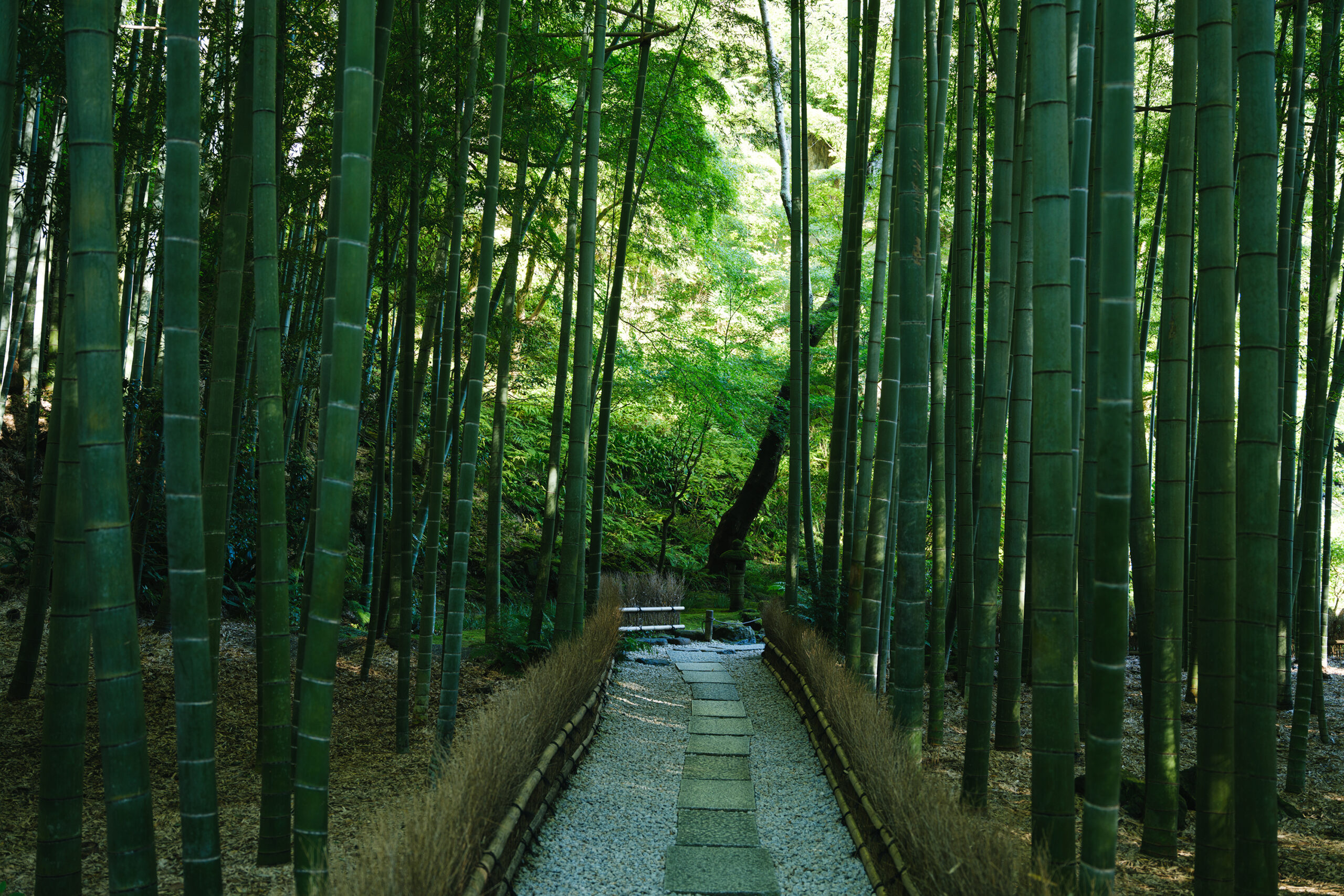
VOL.1-3
Update
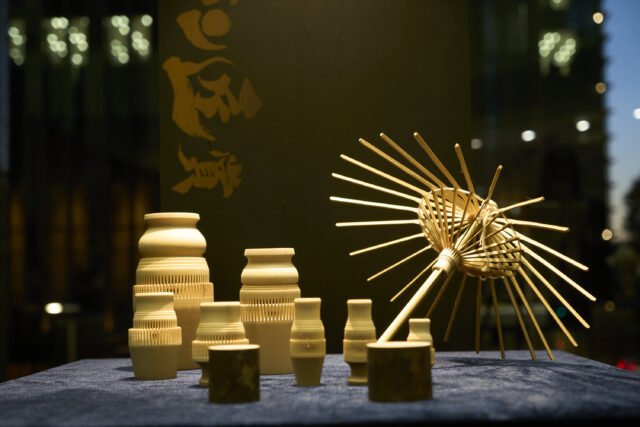
VOL.1-27
Update
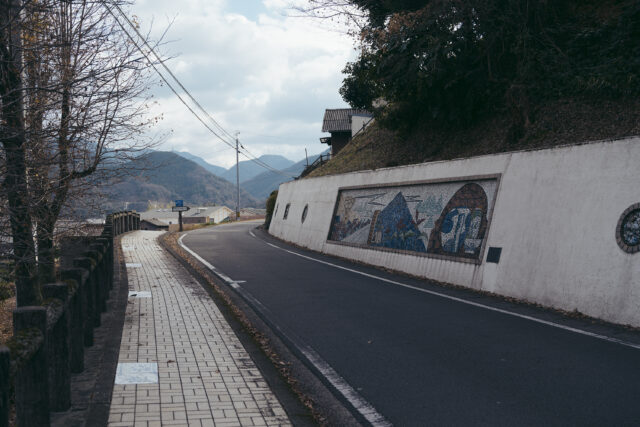
VOL.1-4
Update
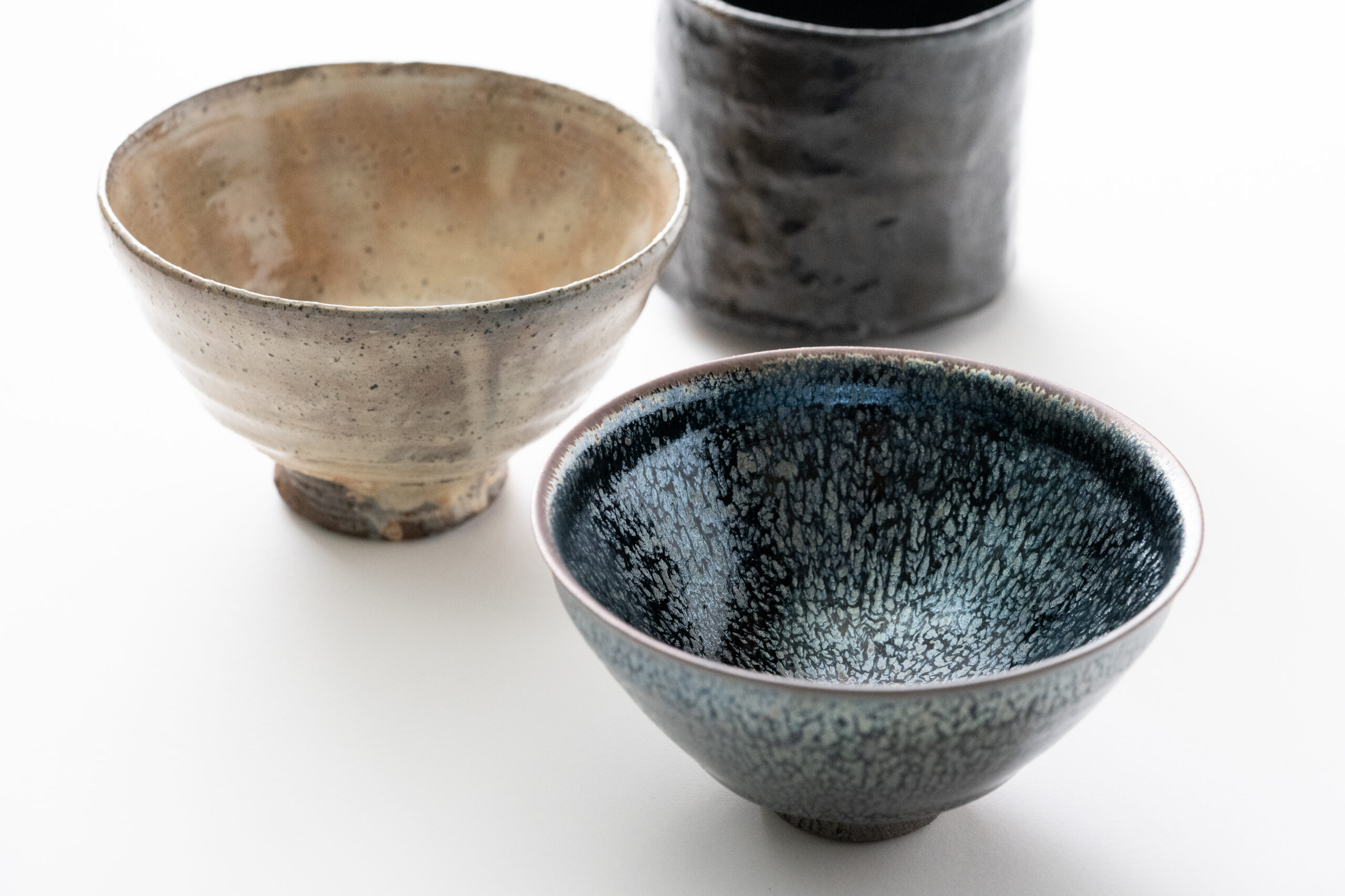
VOL.1-3
Update
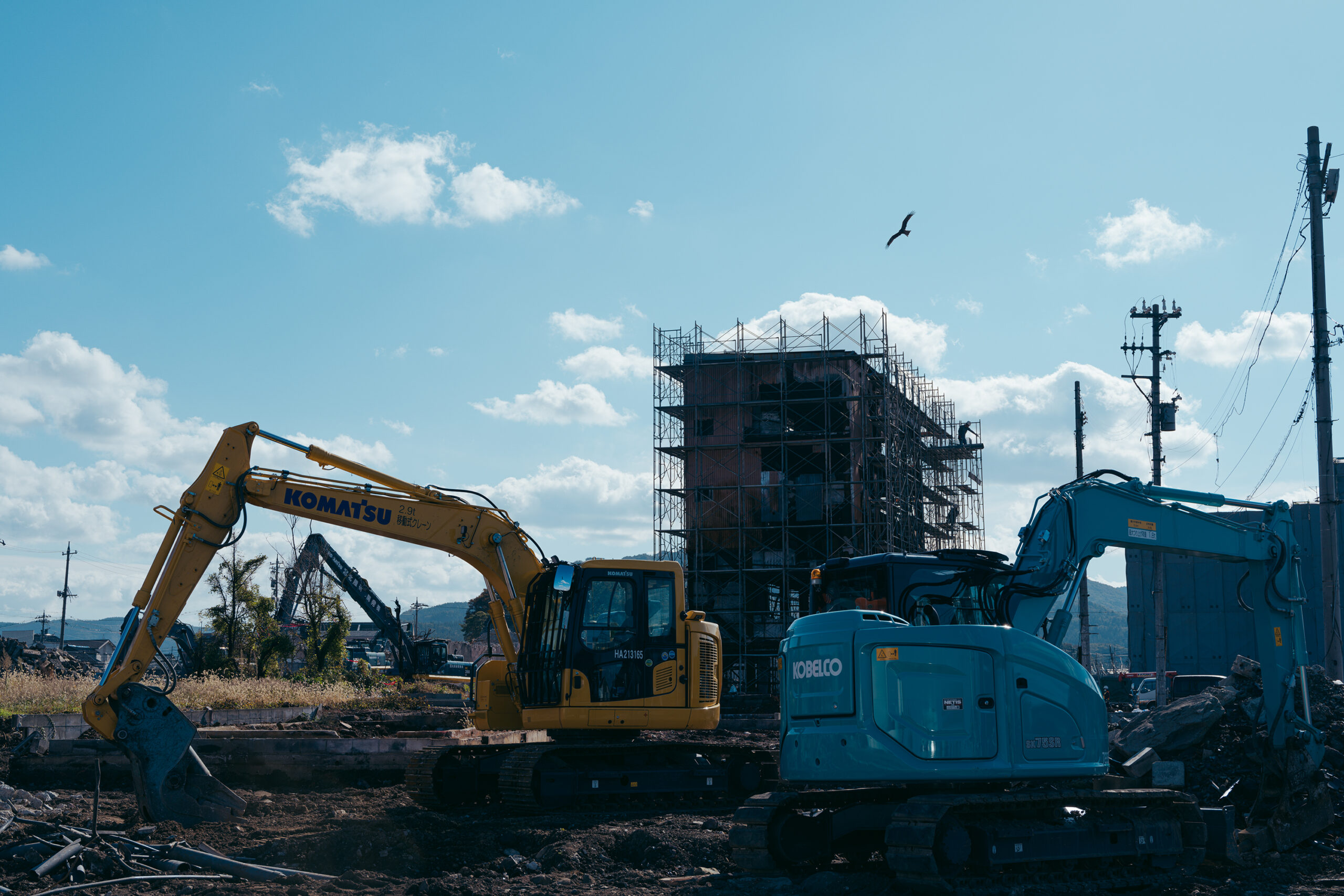
VOL.1
Update
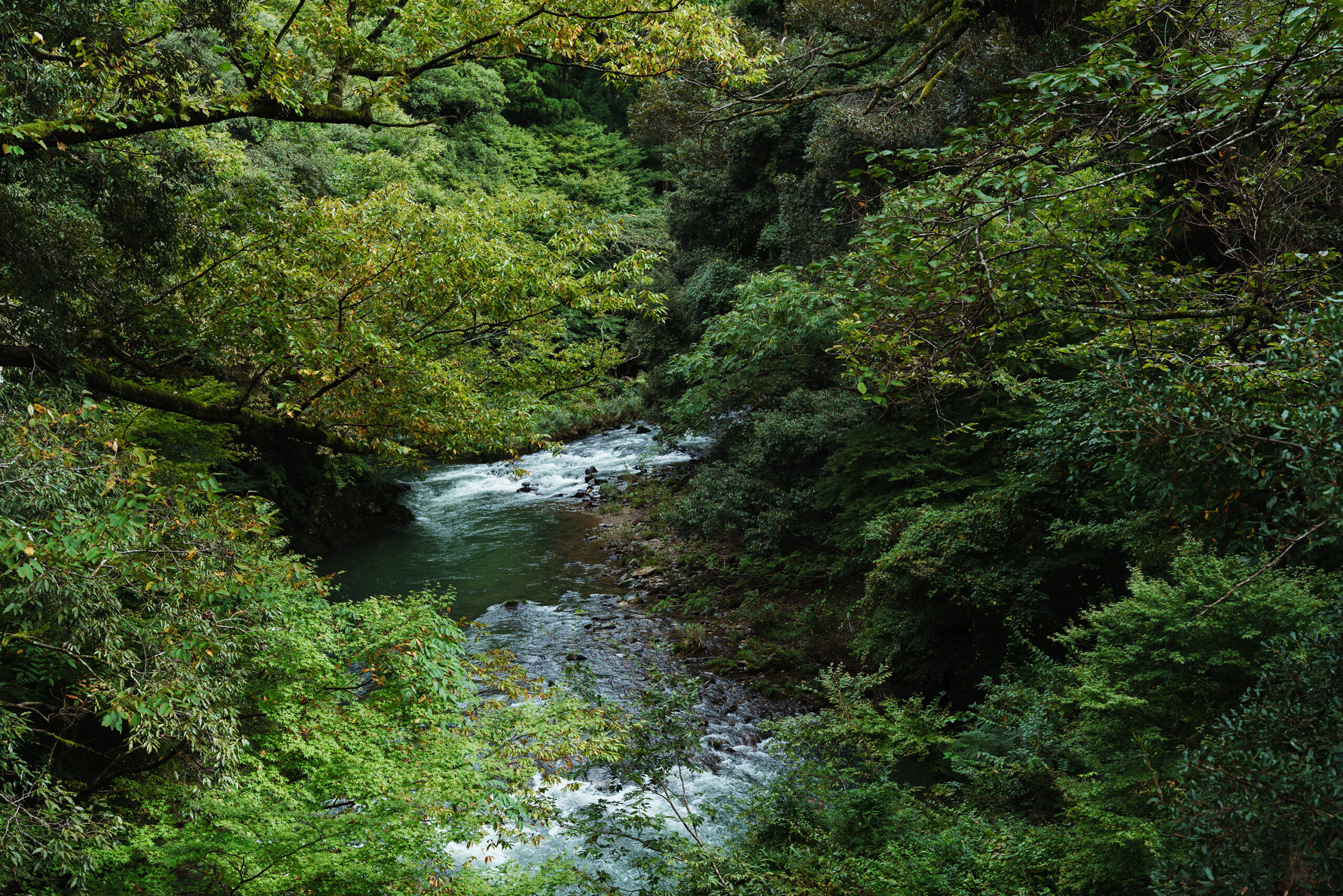
VOL.1-7
Update
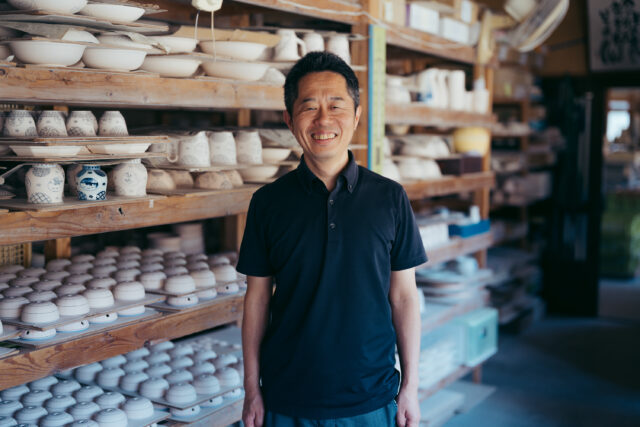
VOL.1-32
Update
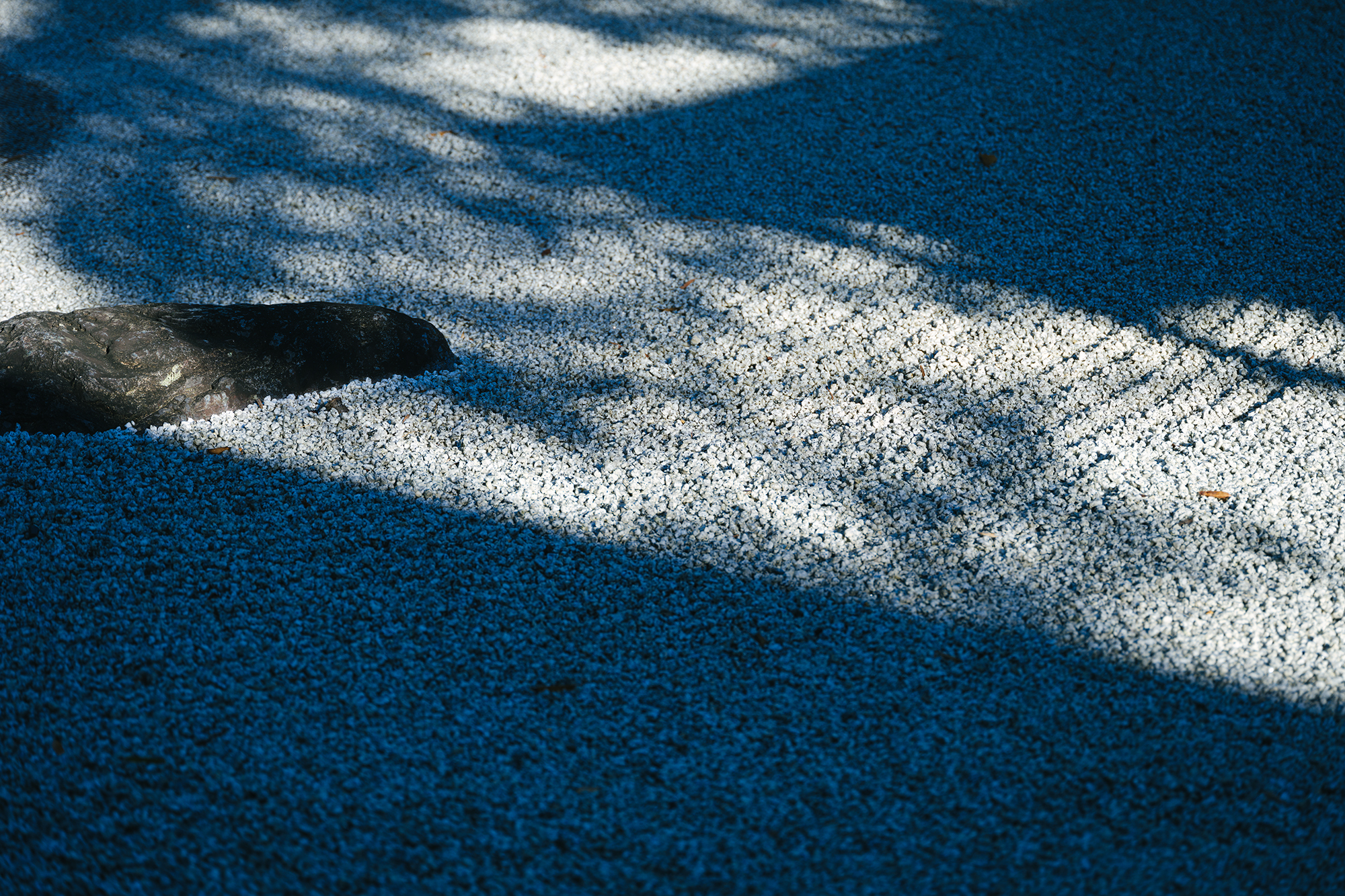
VOL.1-12
Update
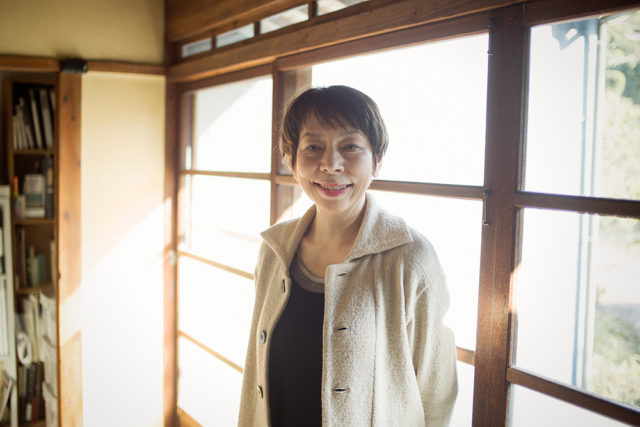
VOL.1
Update
We share a variety of information and perspectives on Japanese crafts, including exhibition information and interviews.
Featured Exhibitions & Events VOL.51
New Products VOL.23
KOGEI Topics VOL.25
Featured Exhibitions & Events VOL.50
Dec 9, 2025 – Mar 1, 2026
National Crafts Museum
Dec 13, 2025 – Mar 8, 2026
Aichi Prefectural Ceramic Museum
Dec 13, 2025 – Mar 22, 2026
Kikuchi Kanjitsu Memorial Tomo Museum
Dec 18 – Dec 27, 2025
GOOD DESIGN Marunouchi

Nanbu ironware (Nanbu tekki in Japanese) was first developed in Morioka, Iwate Prefecture during the Edo period (1603 – 1868). These iron kettles, favored by feudal lords who enjoyed the tea ceremony, gained a reputation for delivering boiled water with a mellow taste, and are now known throughout the world.
The lustrous black cast surface, designed in the shape of an abacus ball, is created by pouring molten iron into an elaborately made mold. The iron kettle is fired with charcoal and then burnished with lacquer to finish, which prevents it from rusting. The everlasting beauty stemming from the wisdom and skills of our ancestors has been further refined through the dedication of modern craftsmen, and will continue to be passed on for generations to come.
